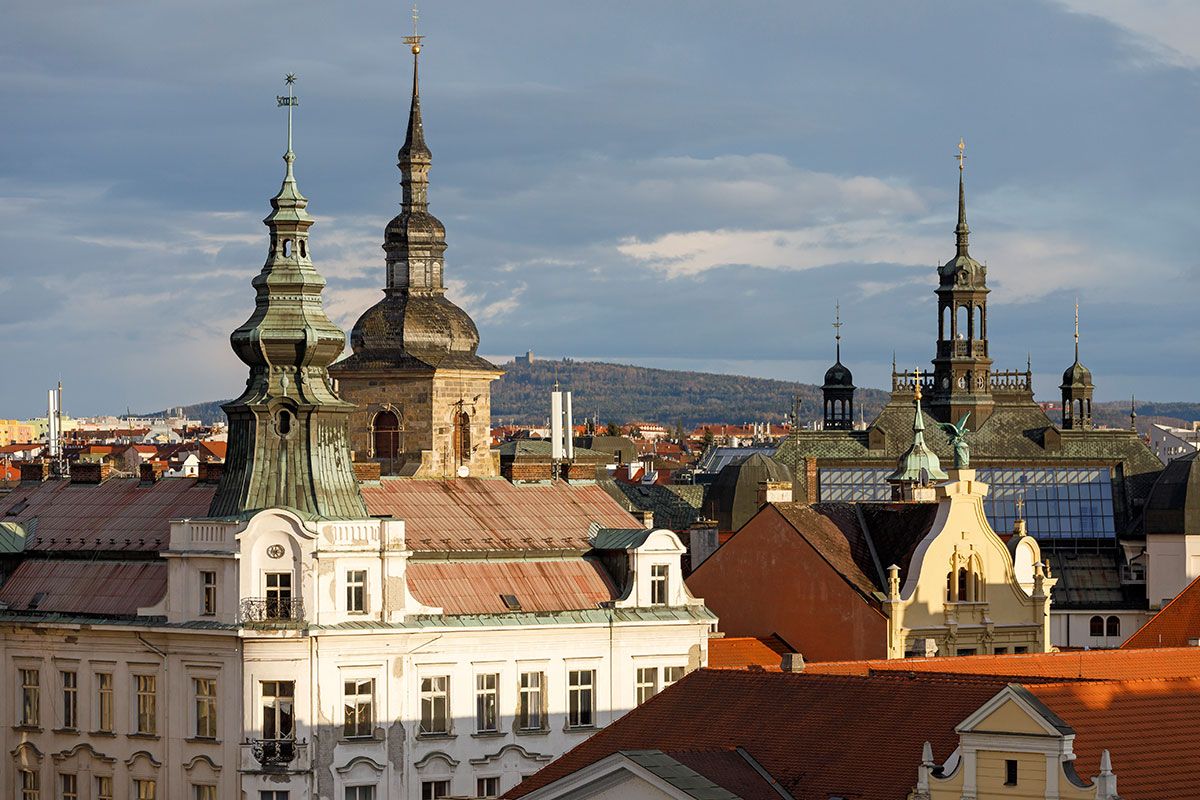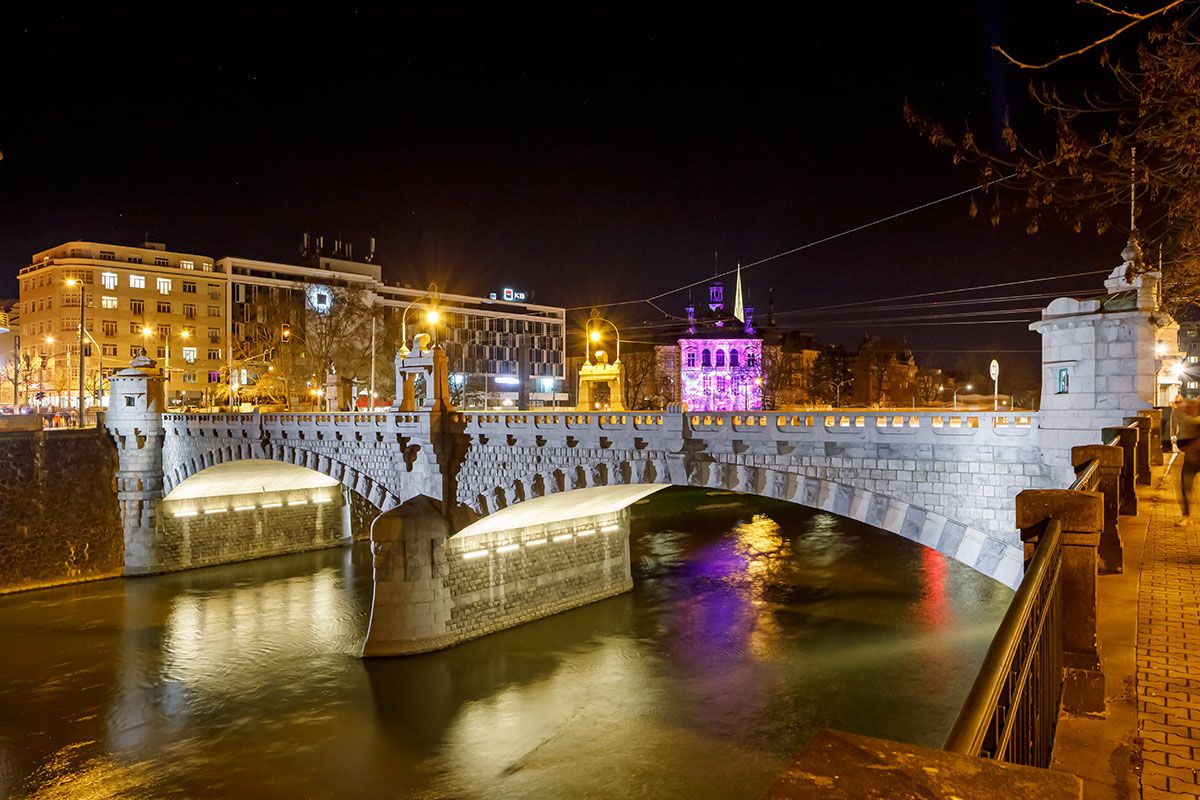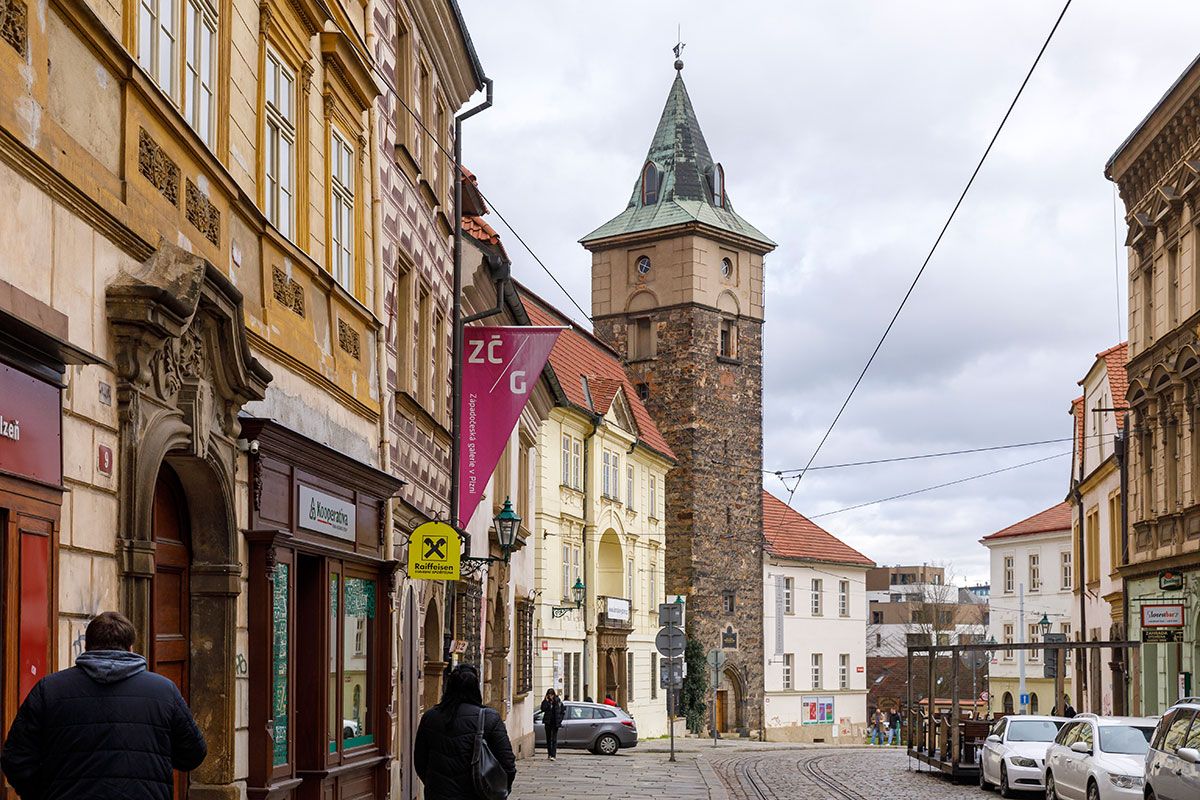Pilsen
The twin agreement between Regensburg and Pilsen was signed on 25 September 1993.
The ceremonial signing of the twin agreement with the city of Plzeň took place on 25 September 1993. Plzeň, which was founded in 1295 by the order of King Wenceslas II, is today the second-largest city in Bohemia, and is the region's cultural centre; it is a university town and seat of the diocese, a major transport hub and home to many institutions and flourishing industries, above all a world-famous brewery and the Škoda manufacturing company. Today, the city, which was strategically founded at the confluence of four rivers and the intersection of three long-distance trade routes, has a population of just under 170,500. Plzeň has always been an important trading and crafts centre in the region and not least because of its natural resources of kaolin, ore and hard coal. But before industries settled in Plzeň in the last century, the city did not extend beyond its fortified walls. A belt of green avenues today marks the former perimeter of the city walls. Originally, the city covered an area of about 20 hectares, with a ground plan comprising a rectangular network of fifteen streets and a market square featuring the Gothic Cathedral of St. Bartholomew, with its slender,102-meter high tower dominating the skyline. The town hall, a1559 design by the Italian architect Giovanni de Statia, on the other hand, is quite inconspicuous amidst the almost perfectly uniform façade fronts of the beautiful, Renaissance-period buildings. In the old town district, wide boulevards, Wilhelminian-style houses and the city's own unique version of art nouveau reflect Plzeň's boom period at the turn of the 20th century. The establishment of the main brewery and the Škoda factory saw the beginning of the city's transformation from a picturesque, historic city into an industrial metropolis. Although Plzeň is above all an industrial city, it also has a considerable cultural reputation. This includes the Josef Kajetán Tyl Theatre, the extensive art collections of the West Bohemian Gallery (now housed in what were originally a number of Gothic butcher's shops), the annual cultural festival ‘Smetana Days’ and the Finále film festival.
The Institute of Art and Design at the West Bohemian University in Plzeň has been partnered with the Academy of Design in Regensburg since 2008. Much celebration and pride accompanied the announcement of Plzeň as the Capital of Culture 2015. Since then, cultural cooperation has developed and intensified. In the summer of 2019, "kultur|kontakt|kreativ" was launched, the fourth joint EU project designed to build bridges between the free art and culture scene and cultural and creative industries. Cultural players on both sides of the border are becoming increasingly interconnected and sustainable structures are being set up. Joint projects are presented to the German-Czech public through numerous cultural events. A mere 155 kilometres away, Plzeň is the nearest of all the twin cities, and many relationships have developed across a wide variety of fields since the twin city partnership was established. Particularly noteworthy are the many school partnerships and youth exchange programmes which have helped the relationship between the two cities to flourish. On 16 September 2018, the partners celebrated their 25th anniversary in Plzeň with an official ceremony, alongside a stage programme featuring a range of performances from both cities.


